As we rapidly approach the ninth anniversary of the implementation of Part 107 in August 2016, over 420,000 people have obtained their uncrewed pilots’ certificate, according to the Federal Aviation Administration (FAA).
But the issue confronting the larger aviation community today is not quantitative, it’s qualitative. Are these new pilots joining the brotherhood and sisterhood of aviators worldwide who speak a common language and follow the exact procedures across international borders?
I’m afraid the answer is “no.” I have gone through both Part 91 and Part 107 training, and I hold both certificates. On the traditional crewed side, I have a commercial, multiengine, instrument rated license, and on the uncrewed side, a standard FAA remote pilot certificate.
My experience, as soon as I received my Part 91 license, was very immersive, and I remember how I began talking differently, pronouncing the A’s as “Alpha” and the 9’s as “Niner.” I flew frequently, and the constant contact with the FAA Flight Service Stations (FSS) and Air Traffic Control (ATC) molded my behavior from a civilian to an aviator. I spoke differently, I saw the weather differently, I approached life differently through a series of check lists and redundancy. In other words, it was not necessarily the six months’ pilot training that turned me into an aviator, it was everything that followed.
When you take your life into your own hands by taking off on that auspicious first solo flight, your life changes forever. Your perspective from 1,000 feet above the ground with nobody else to help you get back to the airport safely, except your training and your skills, is altered forever.
I’m afraid that is not the case with drone pilots.
In recent conversations with Part 107 pilots who are active in the field, with hundreds of hours of flight experience and years of exercising their rights as FAA-licensed pilots, their perspective on life has not changed much. They do not pronounce A’s as “Alpha” and 9’s as “Niner.” They do not look at the weather differently or are familiar with FSS phone number or terminology. They continue to be private citizens who happen to have an occupation that brings them to put a flying machine into the air to perform a task. Their lives are not at stake every time they take off and the weather rarely plays a role in the successful completion of their mission.
In the world of Part 107, flights are relatively short and always conducted within the visual range of the operator or someone assisting the pilot as observer. Therefore, weather forecasts are meaningless, and the only observation you really need is if it’s raining or if there’s lightning nearby.
So, are we really talking about the same industry? Is the fact that we both occupy a piece of the National Airspace System (NAS) enough to make all of us part of a community?
I’m afraid the answer to both questions, again, is “no.” More and more data points are telling us that uncrewed aircraft belong to a different category than their traditional, crewed counterparts. Unless Part 108 changes all that, and remote pilots become aviators by flying long missions that require weather considerations and communications with other vessels sharing the airspace, we are destined to coexist as two separate groups of aviation professionals.
For years, I’ve been convinced that a big, happy family was emerging as the tentative integration of crewed and uncrewed aviation progressed slowly, but I can see now that members of the two groups have very little in common and there seems to be no need for them to mingle or even interact.
Uncrewed aviation was born in the era of the smartphone. Crewed aviation, on the other hand, was born in the time of the Ford Model T and the novelty of radio.
Remote pilots do everything using apps on their phones, and they rarely talk to anybody using voice commands, unless it’s a requirement on a Certificate of Waiver or Authorization (COA) to call a control tower of a nearby airport. The eventual deployment of scores of drones after the implementation of Part 108 in 2026 (hopefully) will make the use of Artificial Intelligence (AI) mandatory in all uncrewed traffic management (UTM) deployments, in order to maintain automatic separation and deconfliction with other drones and potentially with crewed aircraft.
How can an industry so deeply rooted in technology be integrated with another version of itself, more traditional, more rooted in a hundred years of experience and human personnel?
This is a challenge for the regulators, especially the FAA in the US and EASA in Europe, currently the more congested airspaces in the world. They have a concrete mandate to maintain an impeccable safety record for the flying public, but also to integrate new forms of flying into their respective territories.
Some groups are now arguing that perhaps these large bureaucracies are good at what they do now with traditional aviation but are ill-equipped or qualified to handle a flying computer. Only time will tell, but in the meantime, there is a healthy debate around the industry about the stark differences between piloted and remotely piloted aircraft and the need to find a way to coexist before Part 108 becomes a reality and we are forced to deal with it.
The good news is that at the pace the FAA is taking to publish their notice of proposed rulemaking (NPRM) for Part 108, we have at least two years ahead of us to prepare to integrate and to find a negotiated way to coexist.

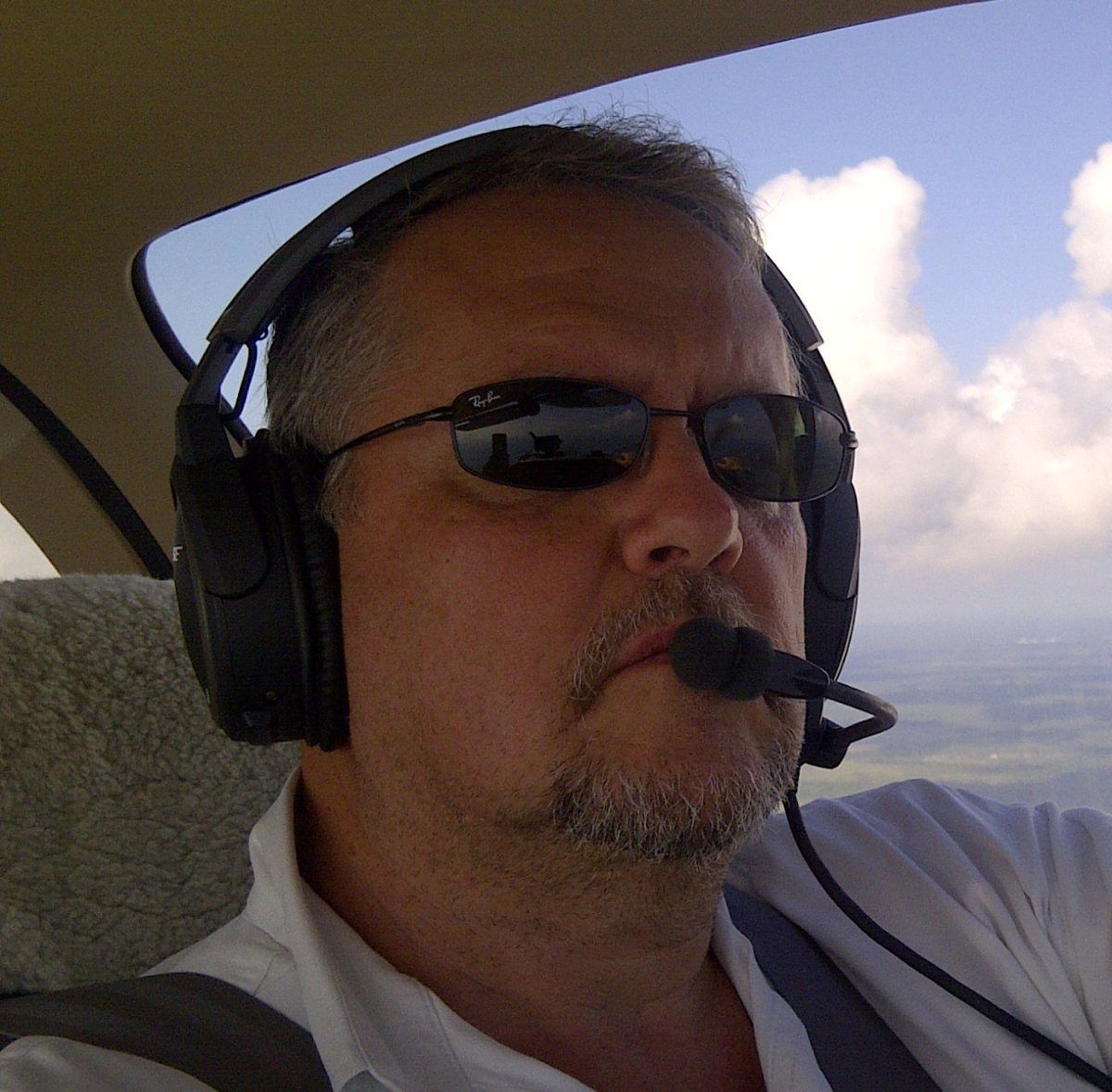
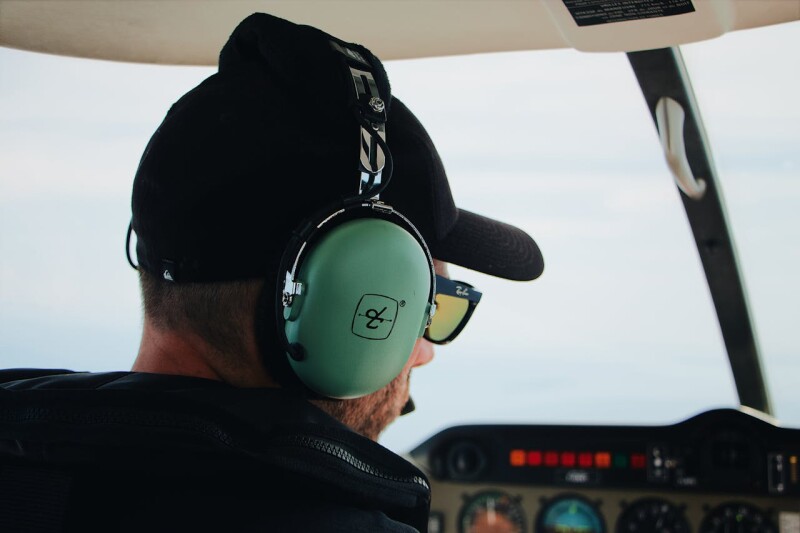

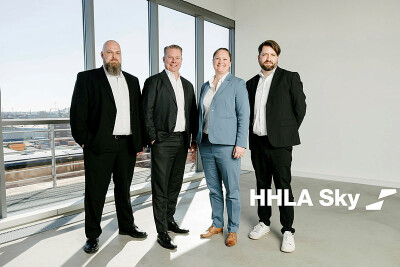
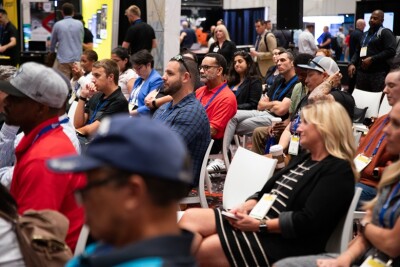
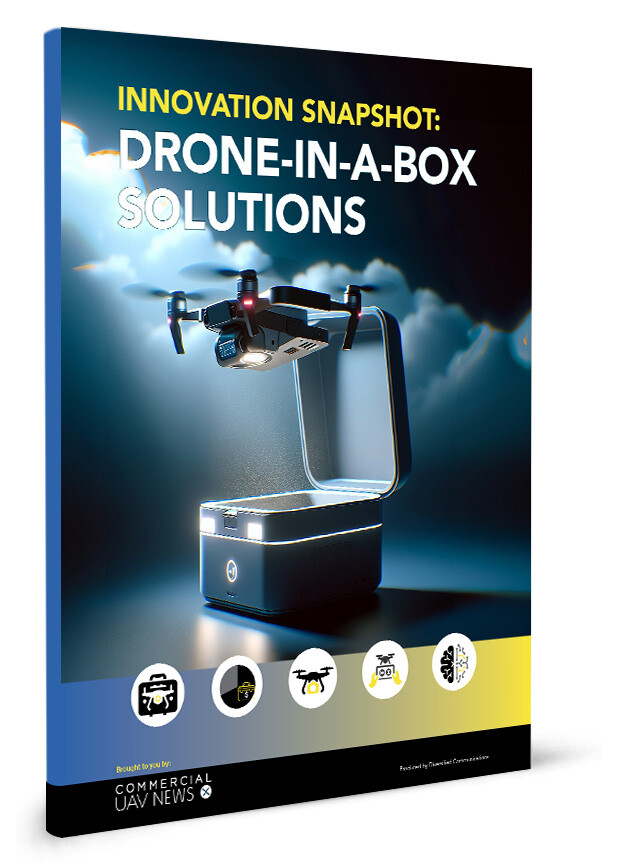


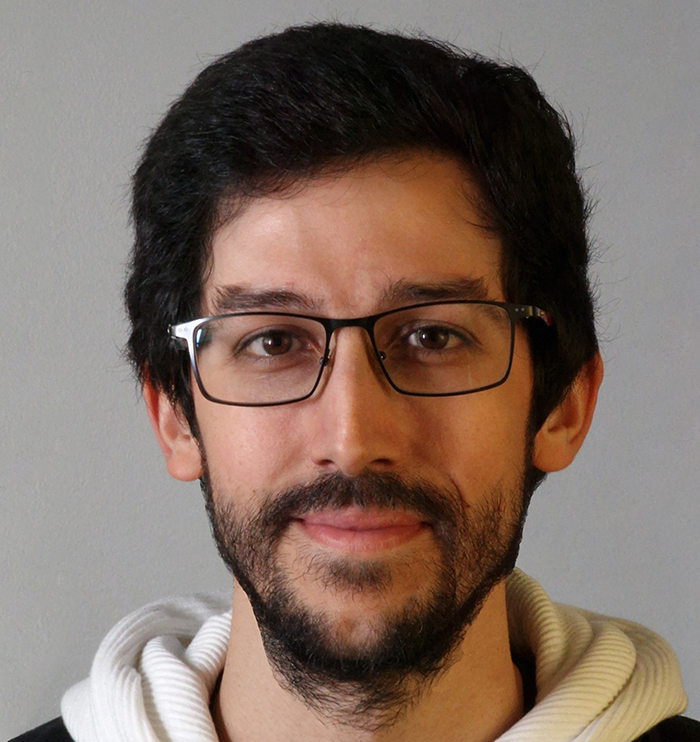


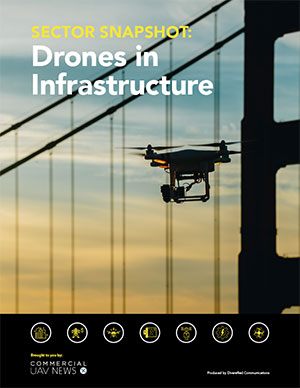
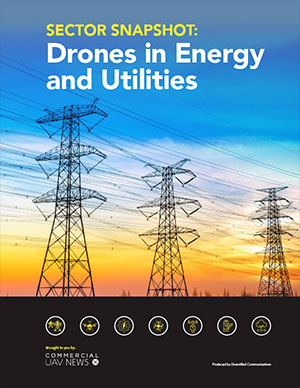
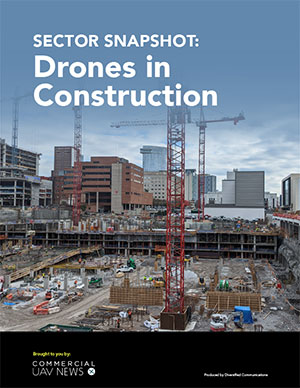
Comments